Description
Paraxylene: A Cornerstone of Modern Life Hidden in Plain Sight
Paraxylene, often shortened to PX, is a colorless, aromatic hydrocarbon that plays a surprisingly vital role in modern life. While its name might not be a household term, it’s a crucial building block for the polyester fibers that make up our clothes, the plastic bottles we drink from, and countless other everyday items. This article delves into the world of paraxylene, exploring its production, uses, and significance in the global economy.
What is Paraxylene?
Paraxylene is an isomer of xylene, meaning it shares the same chemical formula (C8H10) as its close relatives, orthoxylene and metaxylene, but with a different arrangement of atoms. This seemingly minor difference in structure leads to distinct chemical properties, making paraxylene uniquely suited for its primary application: the production of purified terephthalic acid (PTA).
The Journey to Polyester: How Paraxylene Powers Our Wardrobe
The majority of paraxylene produced globally is used to create PTA and dimethyl terephthalate (DMT), both crucial intermediates in the production of polyethylene terephthalate (PET) – the ubiquitous plastic we know and love (or sometimes dislike). PET is the cornerstone of polyester fibers, which are used extensively in textiles for clothing, carpets, upholstery, and even tire cord.
Think about the clothes you’re wearing right now. Chances are, a significant portion of the fabric is made of polyester, originating from paraxylene produced in a chemical plant somewhere across the globe.
Beyond clothing, PET is also the primary material for plastic bottles used for beverages, food containers, and various packaging applications. Its lightweight, durable, and recyclable properties make it a popular choice for these purposes.
Production of Paraxylene: A Complex Process
Paraxylene is primarily obtained from catalytic reforming and pyrolysis gasoline processing of crude oil. These processes yield a mixture of aromatic compounds, including xylene isomers. Separating paraxylene from this complex mixture is a challenging and energy-intensive process. The most common methods used are:
- Crystallization: Taking advantage of paraxylene’s higher melting point compared to other xylene isomers.
- Adsorption: Utilizing specialized adsorbents that selectively bind to paraxylene, allowing for its separation from the mixture.
These methods require sophisticated technology and careful control to achieve the high purity levels required for downstream applications.
The Global Paraxylene Market: A Dynamic Landscape
The paraxylene market is a multi-billion dollar industry, driven by the ever-growing demand for polyester and PET. Asia, particularly China, dominates both production and consumption of paraxylene, reflecting its status as the world’s manufacturing hub for textiles and plastics.
The price of paraxylene is influenced by various factors, including crude oil prices, feedstock availability, plant capacity, and global demand. Fluctuations in these factors can significantly impact the profitability of paraxylene producers and downstream industries.
Looking Ahead: Sustainability and Innovation
The long-term sustainability of the paraxylene industry is a growing concern, driven by the environmental impact of fossil fuel-based production and the accumulation of plastic waste. Research and development efforts are focused on:
- Bio-based paraxylene: Exploring alternative feedstocks derived from renewable resources, such as biomass, to reduce reliance on crude oil.
- Enhanced recycling technologies: Developing more efficient and cost-effective methods for recycling PET, reducing the dependence on virgin paraxylene.
- Biodegradable alternatives: Investigating biodegradable polymers that can replace PET in certain applications, minimizing the environmental impact of plastic waste.
Conclusion: Paraxylene’s Unsung Importance
While it may not be a familiar name, paraxylene is an indispensable component of our modern world. Its role in the production of polyester and PET makes it a vital link in the supply chain for clothing, packaging, and countless other products. As the world grapples with the challenges of sustainability, innovation in paraxylene production and PET recycling will be crucial to ensuring a more environmentally responsible future. The future of paraxylene, and the industries it supports, will depend on embracing these challenges and developing sustainable solutions for meeting the world’s growing demand for this essential chemical building block.


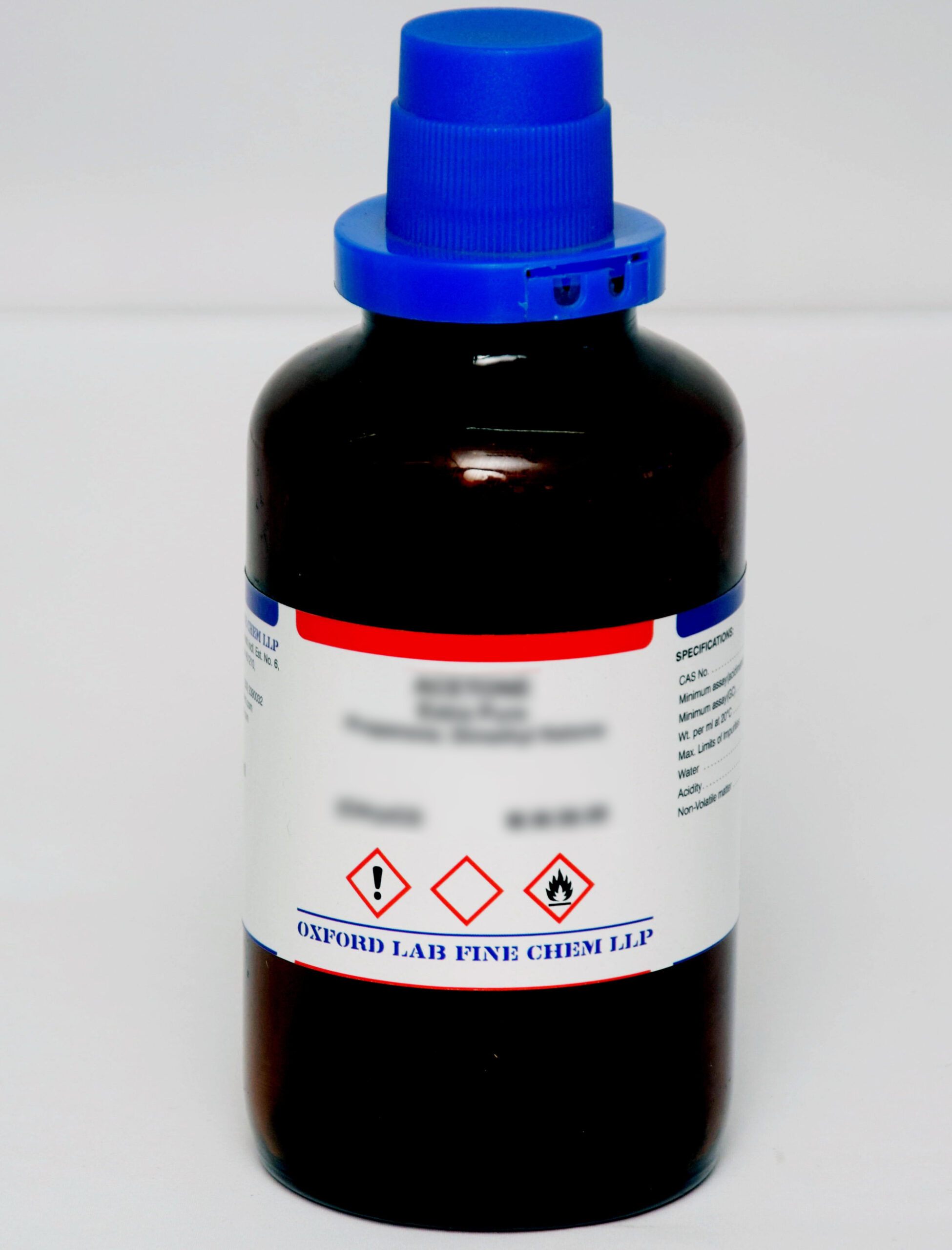
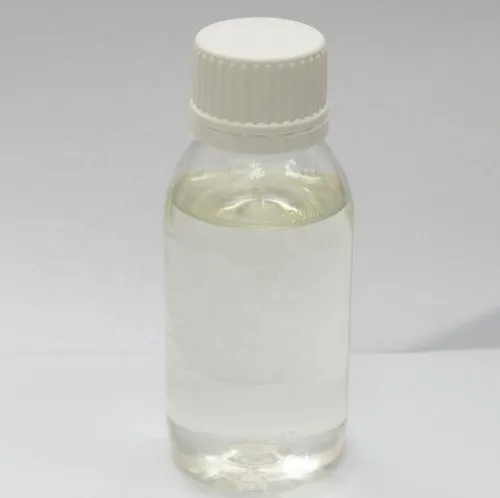

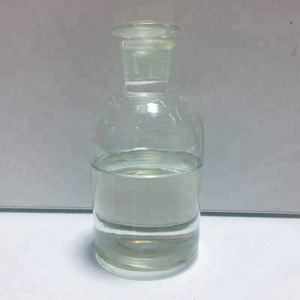
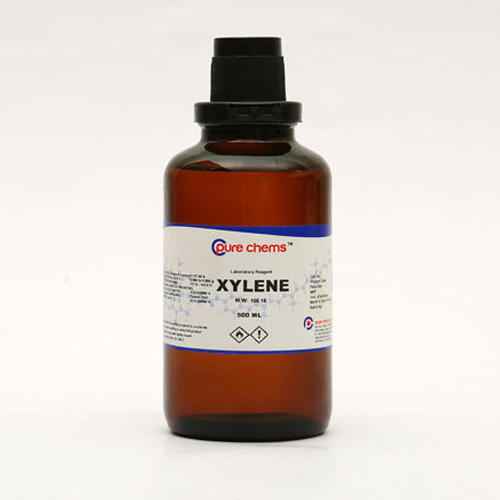
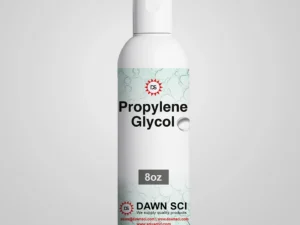

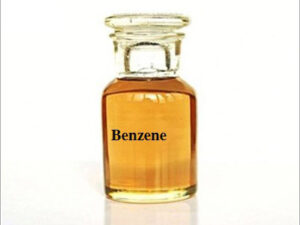
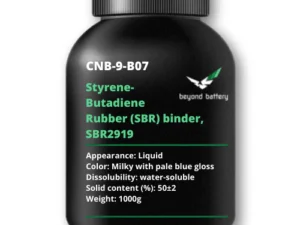
Reviews
There are no reviews yet.